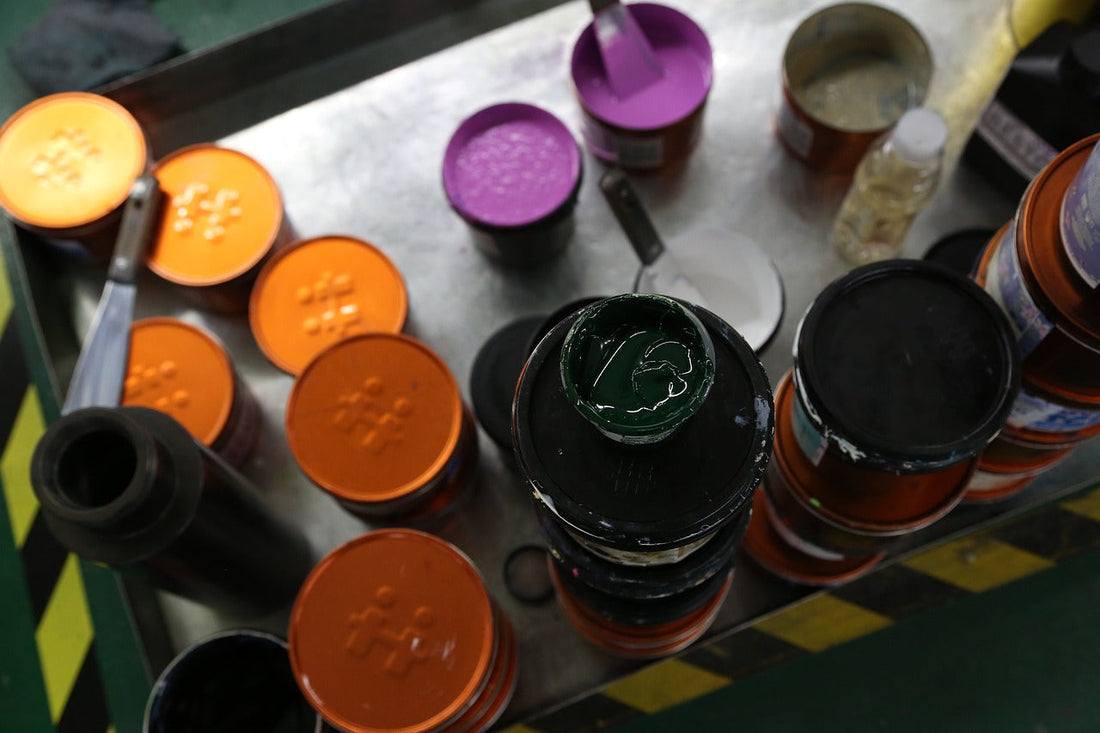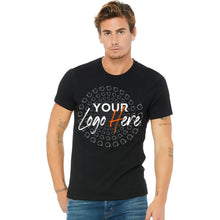How to Properly Cure Ink in Screen Printing for a Lasting Finish

Screen printing is a widely used technique in apparel customization, producing vibrant and long-lasting prints. This method involves pressing ink through a mesh stencil onto a garment, creating intricate designs with precision. However, achieving a durable print is not just about the printing process—it heavily depends on proper ink curing.
Ink curing is the process of setting ink into the fabric to ensure longevity. Without proper curing, prints may crack, fade, or wash out after a few cycles in the laundry. The goal is to bond the ink to the fibers permanently, making the design resistant to wear and tear. Various curing methods exist, each suited for different types of ink and production scales.
Types of Screen Printing Inks
Plastisol Ink
Plastisol ink is the most commonly used ink in screen printing. It consists of PVC particles suspended in a plasticizer, giving it a thick, vibrant appearance. Plastisol does not dry at room temperature, requiring heat curing at around 320°F (160°C) to properly adhere to the fabric.
Key Characteristics:
-
Excellent opacity and color vibrancy.
-
Sits on top of fabric rather than soaking in.
-
Requires heat curing for durability.
Water-Based Ink
Water-based ink, as the name suggests, uses water as its solvent. It penetrates the fabric rather than sitting on top, creating a softer print feel. Water-based ink requires higher curing temperatures and longer drying times compared to plastisol.
Key Characteristics:
-
Eco-friendly with a soft-hand finish.
-
Requires a longer curing time at temperatures between 300°F and 360°F.
-
Works best on light-colored garments for optimal vibrancy.
Curing Methods Overview
Selecting the right curing method depends on production volume, ink type, and available equipment. Here are the most common curing techniques:
Flash Dryers
Flash dryers are a preferred choice for small to mid-sized operations. They provide consistent heat distribution, allowing for effective curing of plastisol inks. However, careful monitoring is required to prevent overheating or undercuring.
Heat Presses
A heat press applies direct heat and pressure to cure ink. This method is particularly effective for custom, one-off prints and small-scale operations. Temperature and pressure control ensure even curing, reducing inconsistencies.
Conveyor Dryers
Conveyor dryers are the industry standard for high-volume production. These machines use conveyor belts to transport garments through a heated tunnel, ensuring consistent curing.
UV and LED Curing
UV and LED curing involve using ultraviolet light to dry ink instantly. This method is ideal for specialty inks and offers energy efficiency and quick turnaround times.
Detailed Guide on Each Curing Method
Flash Dryers: Steps, Benefits, and Common Pitfalls
-
Preheat the flash dryer to the recommended temperature (typically 320°F for plastisol inks).
-
Position the printed garment under the dryer, ensuring even heat exposure.
-
Monitor the ink temperature using a heat gun or thermocouple to avoid undercuring.
-
Remove the garment once it reaches the cure temperature and allow it to cool.
Common Pitfalls:
-
Uneven curing due to improper positioning.
-
Overcuring leading to scorching or ink degradation.
Heat Presses: Temperature Settings and Use Cases
-
Set the press to 320°F for plastisol or 360°F for water-based ink.
-
Place a protective Teflon sheet over the print to prevent sticking.
-
Apply medium pressure and press for 30-40 seconds.
-
Check for complete curing with a stretch test.
Conveyor Dryers: Operation and Maintenance
-
Adjust the conveyor speed and temperature based on ink specifications.
-
Ensure even heat distribution by regularly calibrating heating elements.
-
Perform maintenance checks on air circulation and belt alignment.
UV and LED Curing: Setup and Ink Compatibility
-
Use only inks formulated for UV/LED curing.
-
Set the light intensity and exposure time according to ink manufacturer guidelines.
-
Regularly clean UV lamps to maintain optimal curing efficiency.
Factors Influencing Curing Quality
Ink Composition and Fabric Interaction
-
Thicker ink layers require longer curing times.
-
Natural fibers absorb ink differently than synthetic blends.
Environmental Factors
-
Humidity can slow down water-based ink curing.
-
Cold temperatures require longer curing durations.
Equipment Settings
-
Precise temperature control prevents overcuring.
-
Proper exposure time ensures ink bonds with fabric fibers.
Testing and Troubleshooting Cured Prints
Wash Tests
-
Wash the printed garment in warm water with mild detergent.
-
If ink fades or cracks, it indicates undercuring.
Stretch Tests
-
Gently stretch the fabric; if the ink cracks, it’s improperly cured.
Visual Inspection
-
Glossy ink suggests overcuring.
-
Ink that rubs off easily indicates insufficient curing.
Best Practices and Tips for Optimal Curing
-
Invest in a Heat Gun: Measuring ink temperature ensures proper curing.
-
Test Curing Regularly: Conduct wash and stretch tests frequently.
-
Keep Equipment Clean: Residue buildup affects curing efficiency.
-
Adjust Based on Ink Type: Plastisol and water-based inks require different curing conditions.
Mastering ink curing in screen printing is essential for producing long-lasting designs. Whether using flash dryers, heat presses, or conveyor dryers, ensuring the right temperature and exposure time is key. Investing in high-quality equipment and testing prints can improve durability and customer satisfaction.
For those seeking high-quality custom apparel printing, Custom One Online offers professional screen printing services that guarantee durable, vibrant prints using the best curing techniques.
FAQs
How long should ink cure before testing?
Ink should be allowed to cool for a few minutes before performing a stretch or wash test. This ensures the ink has fully bonded to the fabric.
What are the signs of insufficient curing?
Ink that cracks under stress, fades after washing, or peels easily is not properly cured.
Can you mix different curing methods?
Yes, combining flash drying with conveyor dryers or heat pressing with flash drying can enhance curing efficiency.
How do environmental conditions affect curing?
High humidity slows down water evaporation in water-based inks, while cold temperatures extend curing times. Maintaining a controlled environment ensures consistency. For professional screen printing with high-quality curing processes, Custom One Online ensures prints that last through multiple washes and extended wear.


















